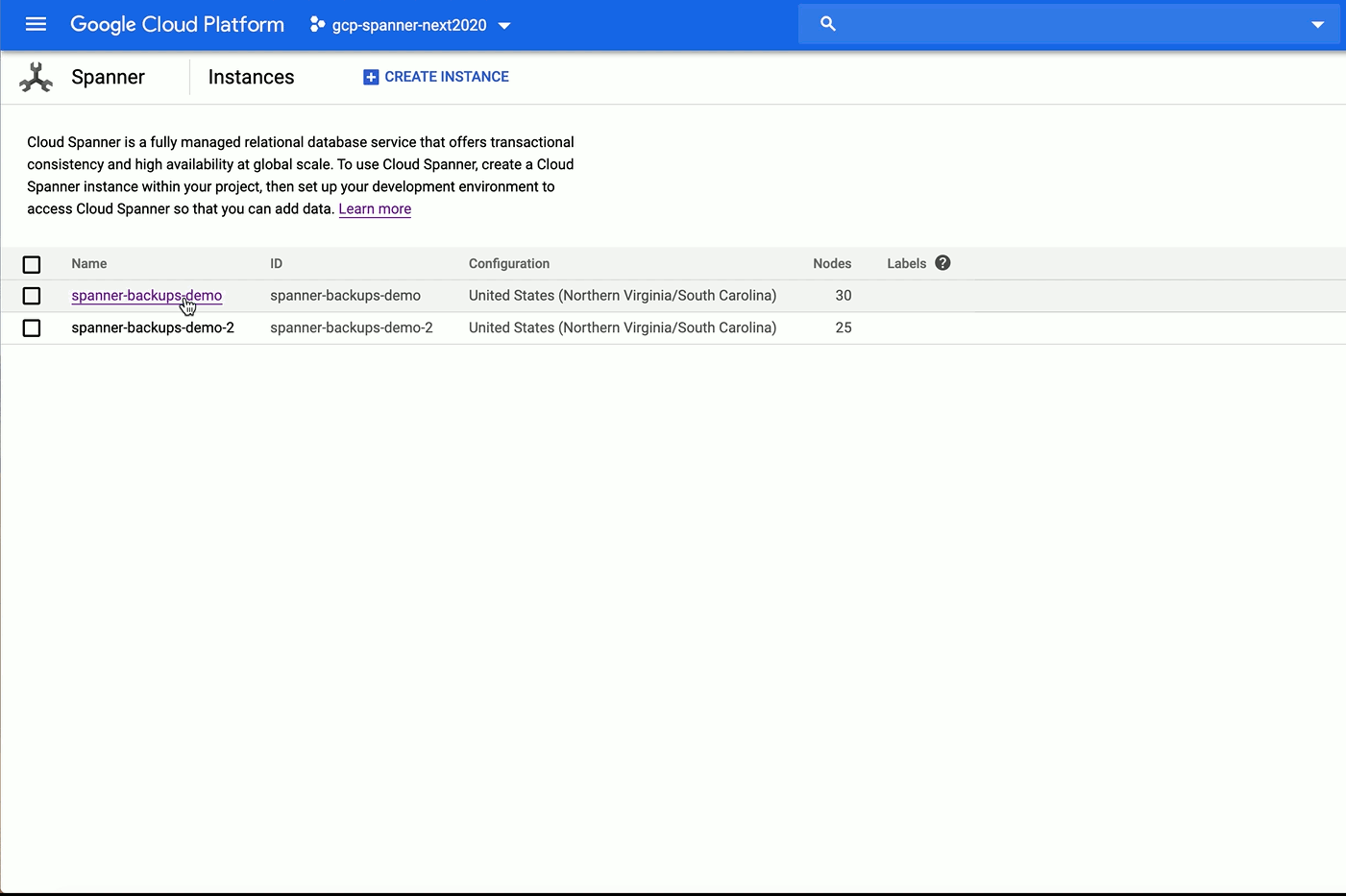Since launching Azure Archive Storage, we've seen unprecedented interest and innovative usage from a variety of industries. Archive Storage is built as a scalable service for cost-effectively storing rarely accessed data for long periods of time. Cold data, including application backups, healthcare records, autonomous driving recordings, and other data sets that might have been previously deleted could be stored in Azure Storage’s Archive tier in an offline state, then rehydrated to an online tier when needed.
With your usage and feedback, we’ve made our archive improvements generally available, making our service even better.
Priority retrieval from Azure Archive
Priority retrieval allows you to flag the rehydration of your data from the offline archive tier back into an online hot or cool tier as a high priority action. By paying a little bit more for the priority rehydration operation, your archive retrieval request is placed in front of other requests and your offline data is expected to be returned online in less than one hour.
The two archive retrieval options are:
Standard priority is the default option for archive Set Blob Tier and Copy Blob requests, with retrievals taking up to 15 hours.
High priority fulfills the need for urgent data access from archive, with retrievals for blobs under 10 GB typically taking less than 1 hour.
Priority retrieval is recommended to be used for emergency requests for a subset of an archive dataset. For the majority of use cases, our customers plan for and utilize standard archive retrievals which complete in less than 15 hours. On rare occasions, a retrieval time of an hour or less is required for business continuity. Priority retrieval requests can deliver archive data in a fraction of the time of a standard retrieval operation, allowing our customers to quickly resume business as usual. For more information, please see the Azure Blob rehydration documentation.
Upload blob direct to access tier of choice (hot, cool, or archive)
You can upload your blob data using PutBlob or PutBlockList directly to the access tier of your choice using the optional parameter x-ms-access-tier. This allows you to upload your object directly into the hot, cool, or archive tier regardless of your account’s default access tier setting. This capability makes it simple for customers to upload objects directly to Azure Archive in a single transaction. Then, as data usage patterns change, you would change the access tier of the blob manually with the Set Blob Tier API or automate the process with blob lifecycle management rules. For more information, please see the Azure Blob storage access tiers documentation.
Copy Blob enhanced capabilities
In certain scenarios, you may want to keep your original data untouched but work on a temporary copy of the data. The Copy Blob API is now able to support the archive access tier; allowing you to copy data into and out of the archive access tier within the same storage account. With our access tier of choice enhancement, you can set the optional parameter x-ms-access-tier to specify which destination access tier you would like your data copy to inherit. If you are copying a blob from the archive tier, you can also specify the x-ms-rehydrate-priority of how quickly you want the copy created in the destination hot or cool tier. Please see the Azure Blog rehydration documentation for more information.
Getting started
All of the features discussed today (upload blob direct to access tier, priority retrieval from archive, and Copy Blob enhancements) are supported by the most recent releases of the Azure Portal, AzCopy, .NET Client Library, Java Client Library, Python Client Library, and Storage Services REST API (version 2019-02-02 or higher). In general, we always recommend using the latest version of our tools and SDKs.
In addition to our first party tools, Archive Storage has an extensive network of partners who can help you discover and retain value from your data. As we improve our service with new features, we're also working to build our ecosystem and onboard additional partners. Please visit the Azure update to see the latest additions to our partner network.
Build it, use it, and tell us about it!
We will continue to improve our Archive and Blob Storage services and are looking forward to hearing your feedback about these features through email. As a reminder, we love hearing all of your ideas and suggestions about Azure Storage, which you can post at Azure Storage feedback forum.
Quelle: Azure








